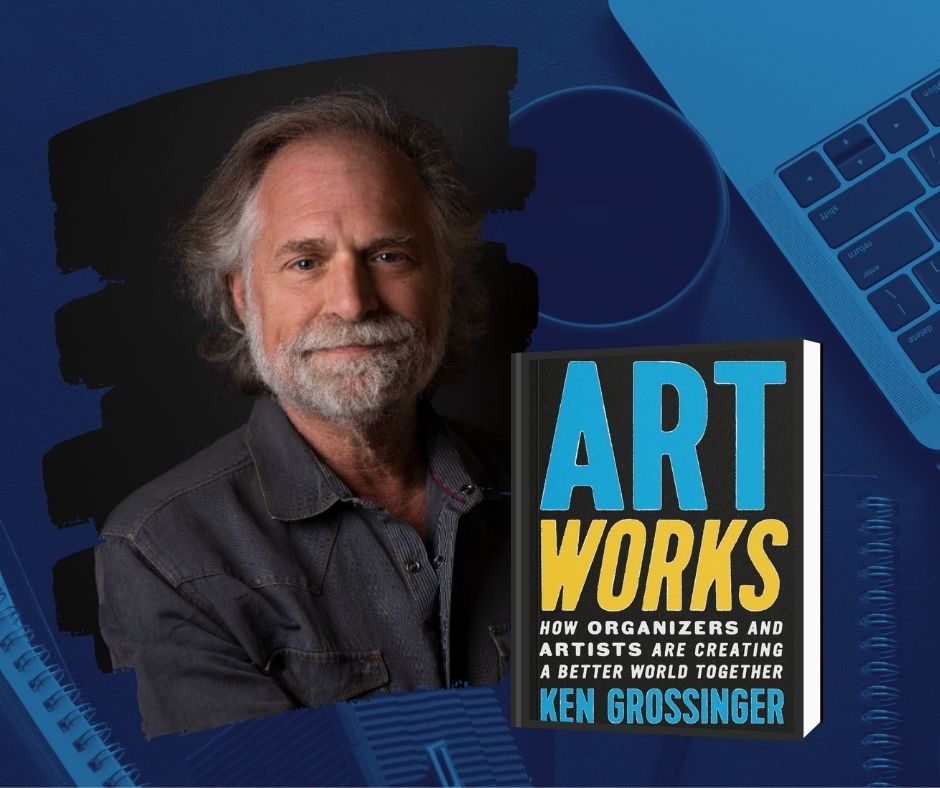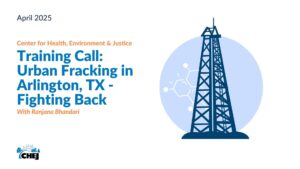Toxic Tuesdays
CHEJ highlights several toxic chemicals and the communities fighting to keep their citizens safe from harm.
Pyrethrins
Pyrethrins are a class of naturally occurring compounds derived from chrysanthemum flowers. They have been used for thousands of years as insecticides and insect repellents. There are also human-made chemicals similar in chemical structure to pyrethrins – called pyrethroids – that are used as more potent insecticides. Today, pyrethrins and pyrethroids are commonly used as household insecticides on gardens, crops, pets, livestock, and humans. They can be found in bug bombs, home bug sprays, pet shampoos, and lice shampoos.
When pyrethrins enter the environment, they are quickly degraded, which makes them among the safer insecticides. However, pyrethroids are more persistent in the air, water, and soil. Even if pyrethrins and pyrethroids are not widely contaminating an environment, people can absorb, inhale, and ingest these chemicals through normal use of certain household products. When people use pyrethrin- or pyrethroid-containing products like lice shampoo or mosquito repellent directly on their bodies, pyrethrins or pyrethroids can be absorbed through the skin. This can also happen if people bathe their pets with these shampoos without using gloves. When pyrethrin- or pyrethroid-containing bug bombs or sprays are used in the home, people can become exposed by breathing the air. When pyrethrin- or pyrethroid-containing insecticides are sprayed on crops, people can become exposed when they eat those crops. People whose jobs require applying insecticides to crops, fumigating homes, or bathing animals are more likely to be exposed to pyrethrins or pyrethroids at high levels.
Pyrethrins and pyrethroids interfere with the normal functioning of the brain. Absorption, ingestion, or inhalation over just a short period of time can cause headache, nausea, dizziness, mood changes, convulsions, and even unconsciousness. These symptoms can last for days after exposure has ended. In studies of laboratory animals, exposure caused fertility problems as well. While pyrethrins and pyrethroids may be safer than other insecticides, they can cause serious harm to human health.
Learn about more toxics
Nitrogen Oxide
Nitrogen oxides are a group of gaseous chemicals. The two most relevant nitrogen oxides are
Benzidine
Pyrethrins are a class of naturally occurring compounds derived from chrysanthemum flowers. They have been






